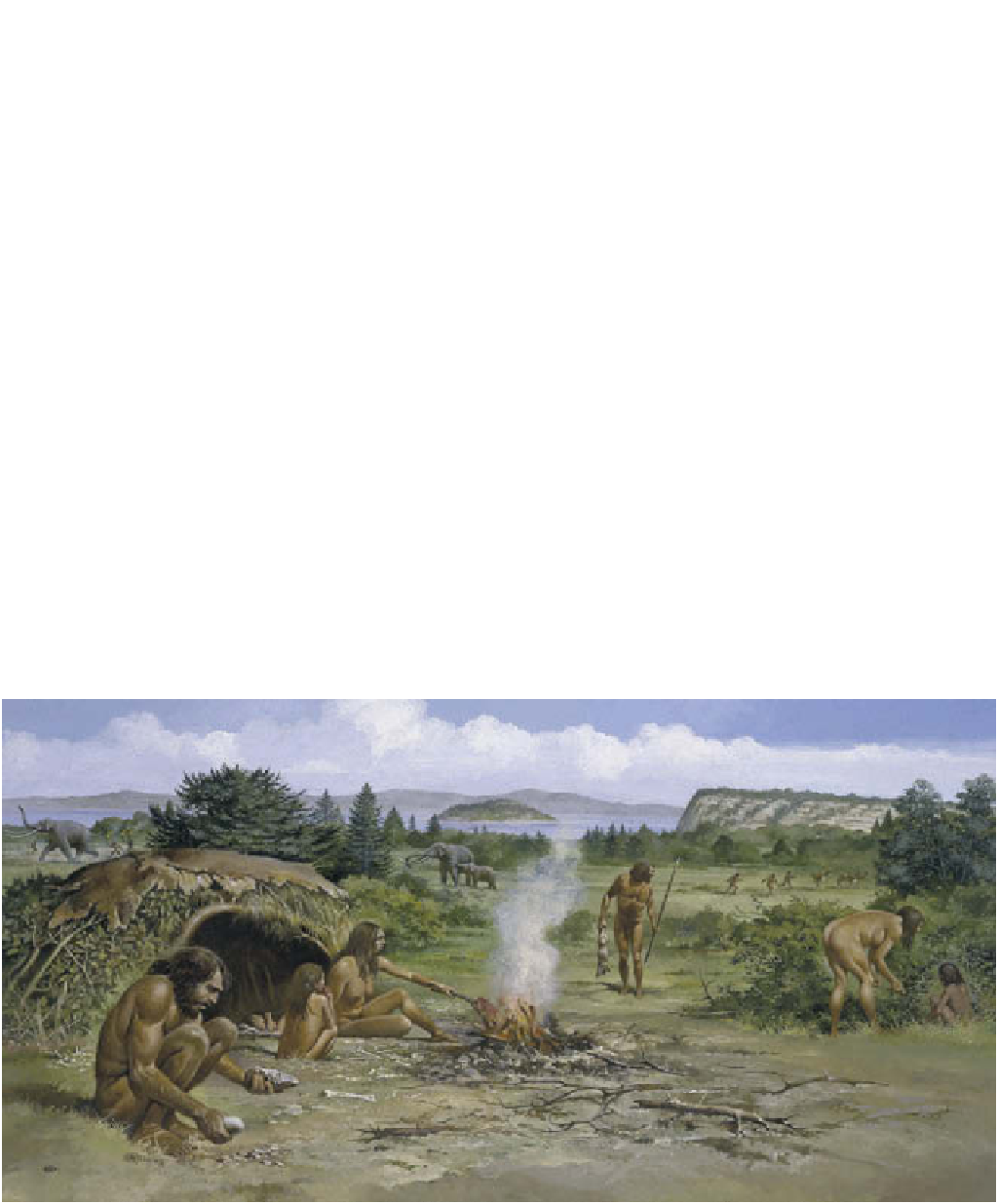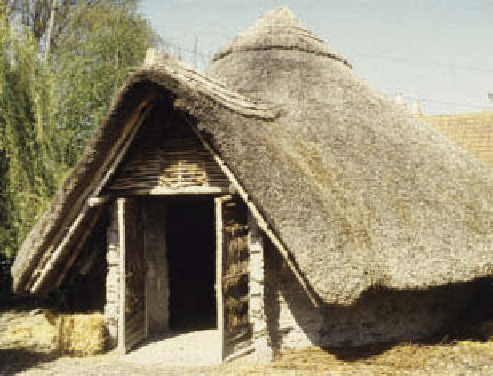Geoscience Reference
In-Depth Information
The emergence of written records defines the end of
prehistory and beginning of the historic period, adding a
potentially powerful resource to environmental recon-
struction. Written form developed from pictorial symbols
in early Middle Eastern civilizations
c.
3.5 ka
BP
whilst
our modern alphabet came from Greek and Roman
civilisations
c.
2-2.5 ka ago. Early script survives primarily
on clay tablets or stone monuments, rather than less
durable paper (developed in China
c.
AD
100), leather and
skins. What constitutes a 'written' record may not
be universally accepted and only a small proportion of
written or other documentary records assist environ-
mental reconstruction. Meteorological data provide the
most direct, purpose-made information we have on
climate-related environmental change but are restricted
to the past 350 years (as instrumentation was developed)
and mostly to Europe, with sparse cover elsewhere until
the past century. We have since added hydrographic
records and a wide range of individual geophysical,
geological, geomorphological and biological data, often
related to specific research and increasing use of
environmental remote sensing, monitoring and impact
assessment. These are held by private corporations,
at Shapwick Heath, Somerset, based on the materials and
design recovered from archaeological studies at Glastonbury
Lake Village site near by.
Photo: Ken Addison
Plate 23.9
Prehistoric hunting scene, c. 250 ka
BP
, based on archaeological evidence and painted by Gino D'Achille around
1980. It represents the landscape near Penarth Head, near modern Cardiff, with the island of Flat Holm and Somerset in the
background.
Source: National Museums and Galleries of Wales











































